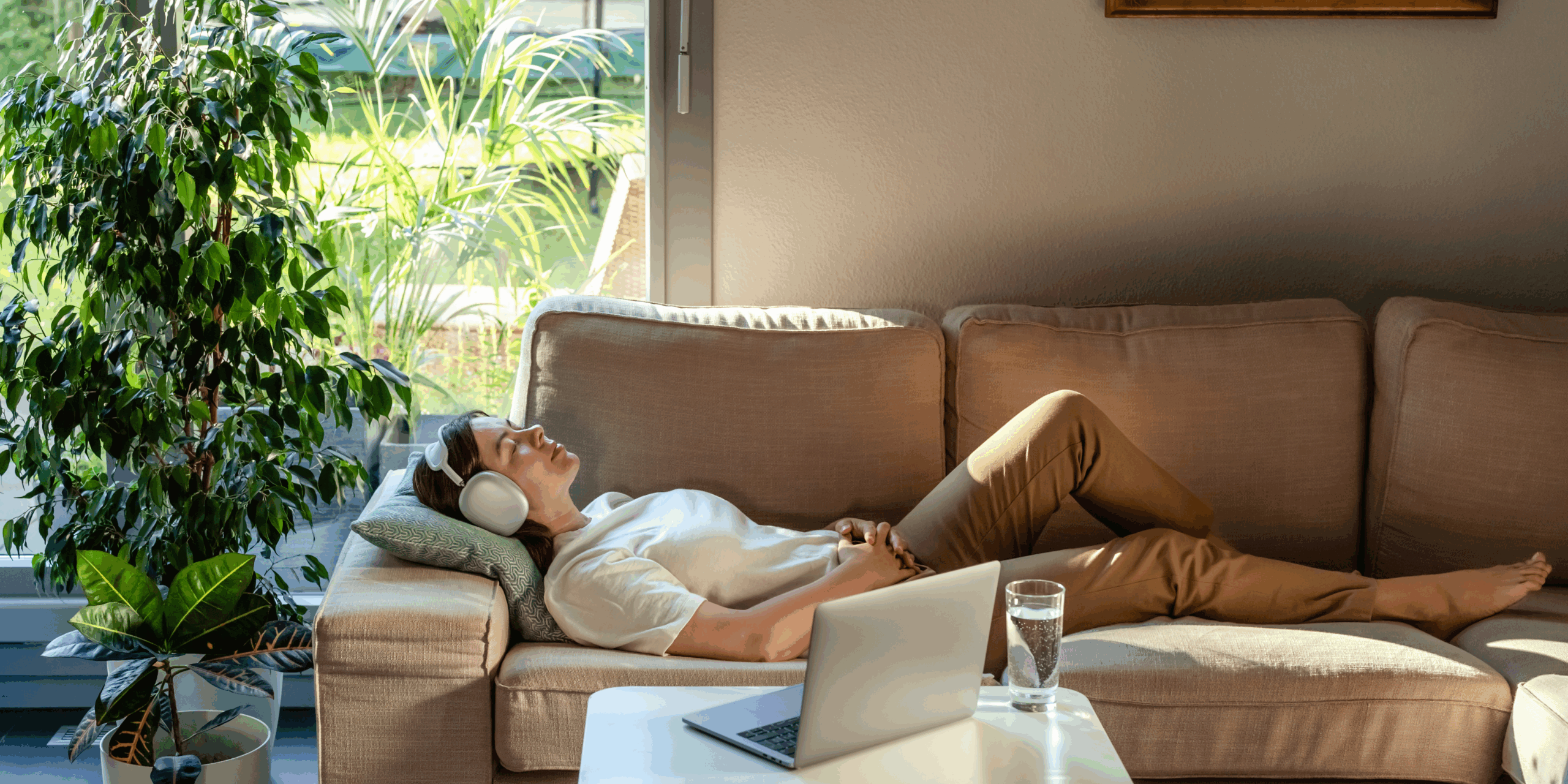Cupping is a term used in North America to describe a treatment in which suction, or negative pressure, is used for therapeutic benefit.
Although there has recently been a resurgence in the popularity of cupping therapy as people search for effective techniques to reduce pain and treat health concerns, cupping therapy dates back at least 5000 years ago. Records of the use of cupping therapy can be found throughout history in many cultures across the globe, on the continents we now know as Asia, Europe, India and Africa. Until recently, cupping was considered an empirical therapy, meaning that its use was based on practical experience and not scientific understanding. Its use has persisted for millennia simply because the results were undeniable.
You may have seen photos of professional athletes, including Olympic swimmer Michael Phelps, with circular red or purple marks that can result from cupping. While these marks are often compared to a bruise, which is the result of a ruptured blood vessel, the truth is, they are not the same. During the cupping procedure, heated air inside the cup cools and creates a vacuum which causes hyperemia (increase in blood flow) and extravasation (fluid containing blood that leaks from the blood vessel into the soft tissue). The discolouration caused by extravasation varies from person to person, and can range from only temporary reddening of the skin lasting an hour or two, to darker red or purple marks that can last up to a week. Darker discolouration indicates more severe inflammation and restricted blood flow.
Thanks to modern research, we now know that the extravasation has a wonderful regulating effect on the whole body. The regulating effect is due to the fact that extravasation act like a foreign body in the soft tissue causing a non-painful irritation that the body then works to eliminate. Before the extravasation can be eliminated from the soft tissue, it must be broken down into its constituents. It is this process of breaking down and eliminating the extravasation in the soft tissue that initiates a comprehensive healing process including:
- An increase in antibodies that stimulate the immune system and moderate the healing response
- The formation of new blood vessels, which result in a lasting increase in blood flow and cellular metabolism (bringing fresh oxygen and nutrients to cells while eliminating waste)
- An increase in proteolytic enzymes that resolve inflammation (these are released into the general circulation and their effect is seen on inflammation throughout the body)
- Stimulation and regulation of the autonomic nervous system to decrease pain and increase the healing response
Due to these and many other processes that take place at the cellular level, cupping therapy has the unique ability to provide immediate and lasting pain relief after a treatment. Cupping Therapy, although ancient in origin, is once again being recognized as an inexpensive, non-invasive, and highly effective procedure to manage pain and inflammation with very low risk of adverse effects.
The benefits of cupping therapy have great potential to treat a wide variety of conditions including:
- Persistent and fixed pain
- Headaches and migraines
- Neuropathic pain
- Respiratory Illness (Influenza, Bronchitis, Pneumonia)




